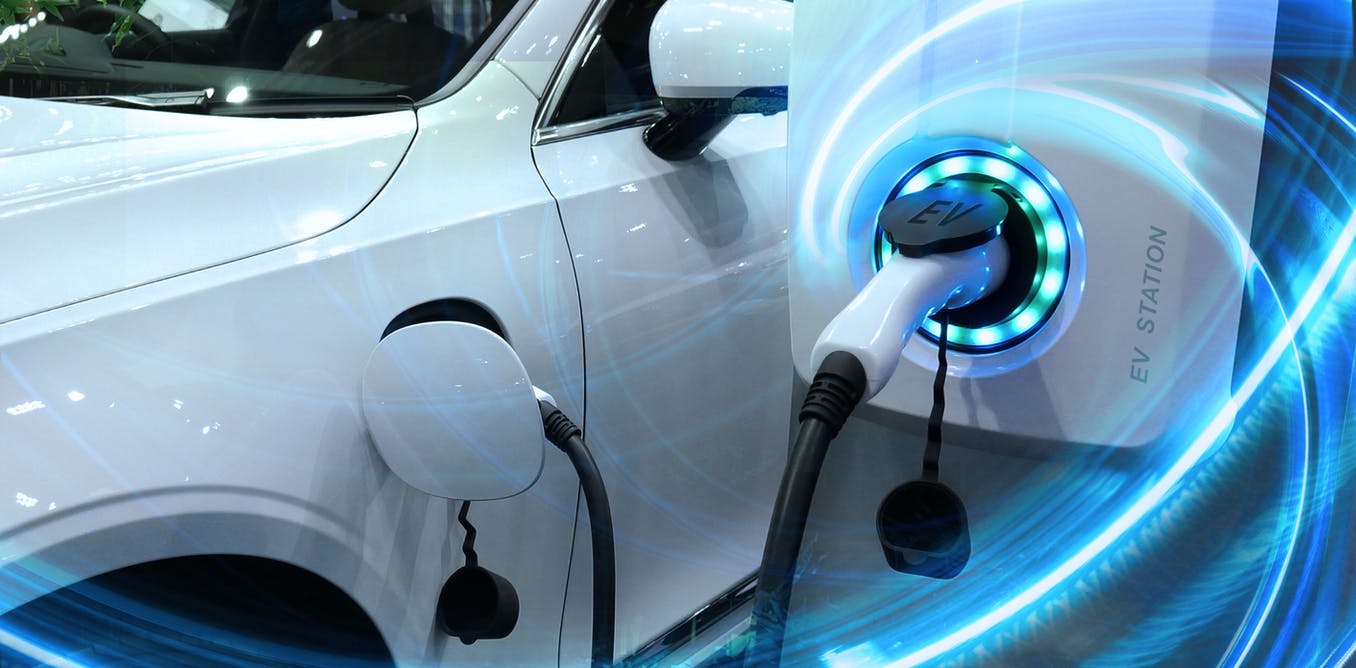As e-mobility increasingly becomes part of daily life, there is a growing need for more efficient charging solutions. Fast electric vehicle (EV) charging stations equipped with powerful DC chargers are currently the answer. DC EV chargers are an attractive choice because they allow much faster charging than the standard AC EV ones that many EV owners have at home. Today, a DC charger with 150 kW can put a 200 km charge on an EV in around just 15 minutes. As fast charging and battery technologies continue to evolve and improve in the near future, experts anticipate the charging time to drop even further.
The Fast Charging Market
Some key driving forces are shaping and advancing the EV charging market today. One is stricter government regulation of CO2 emissions. The target to achieve zero emissions by 2050 in most major cities worldwide relies in part on greater EV usage and better fast charging infrastructure. Certainly the high pollution index in cities, detrimental to inhabitants’ health and quality of life, is a motivation to reach this target. Zero or low emission mobility can help stem the prevalence of air pollution related health problems, such as cardiovascular disease and asthma.
Our Expertise, Your Benefits
As the market leader in power electronics, at EVolt we help you bring energy-efficient DC fast charging designs to life. Our CoolMOS™ and CoolSiC™ MOSFETs are ideal in a wide range of DC EV fast charging designs. Their matchless advantages include high frequency operation, high power density and reduced switching losses, allowing you to reach high levels of efficiency in any battery charging system.
Fast DC Charger Architecture
Typically, a high-power DC charger design converts an incoming 3-phase AC supply, using an AC-DC and DC-DC convertor, to the DC voltage the vehicle being charged requires. A channel for data transfer is also included to provide information about the vehicle and the battery’s charging status. Vehicle information and owner data are covered by one final element: a secure data channel for billing purposes. The three primary concerns in DC fast charger architecture are how to minimize the cooling effort, deliver high power density, and reduce overall system size. High power density requires forced air cooling, a standard today. However, next generation charging solutions are exploring the potential of liquid cooling solutions. Compact designs must consider higher switching speeds, in the range of 32 to 100 kHz, to reduce the size of magnetic components.
